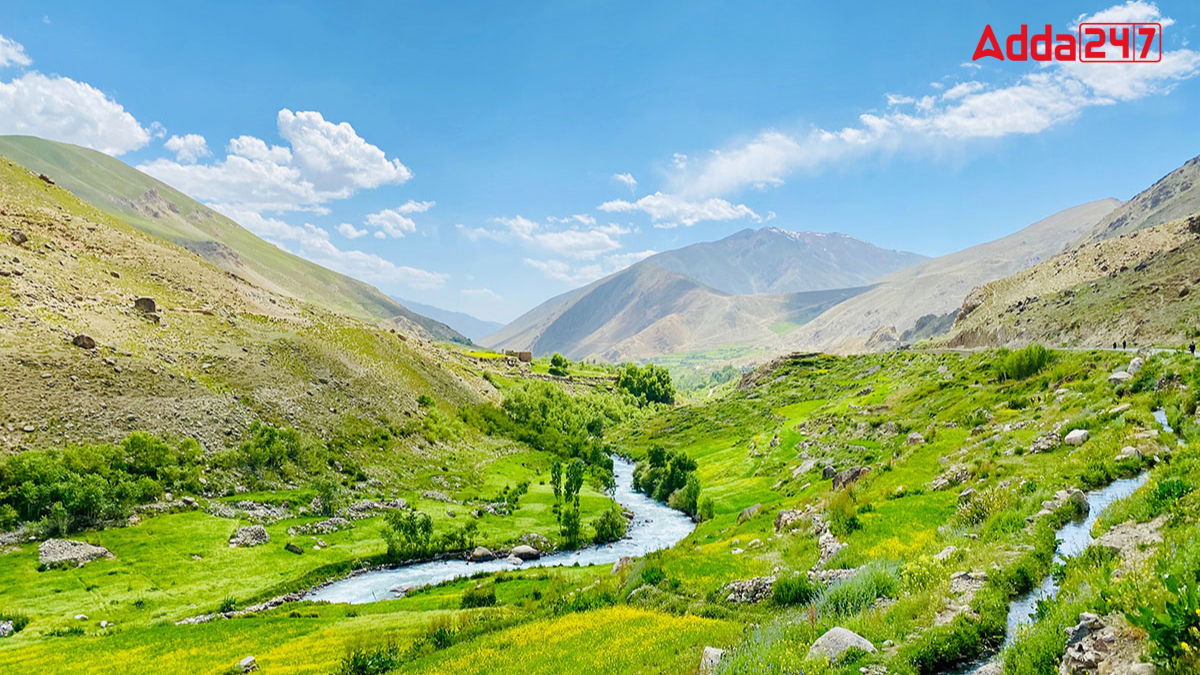Afghanistan is a landlocked country located in South Central Asia, known for its diverse ethnic population, rich cultural heritage, and complex history. This article provides a comprehensive overview of Afghanistan’s geography, people, culture, and historical developments.
Key Facts About Afghanistan
- Official Name: Islamic Republic of Afghanistan
- Capital: Kabul
- Population: 34,940,837
- Official Languages: Dari (Afghan Persian), Pashtu
- Currency: Afghani
- Area: 251,823 square miles (652,230 square kilometers)
Location of Afghanistan
Situated in South Central Asia, Afghanistan is a landlocked country bordered by Iran to the west and Pakistan to the east. Its strategic position makes it a crossroads of civilizations and a focal point of regional geopolitics. Despite its lack of direct access to the sea, Afghanistan’s location has historically influenced trade routes and cultural exchanges throughout the region.
Geography of Afghanistan
The geography of Afghanistan is diverse, with central highlands, northern plains, and a southwestern plateau. The landscape is dominated by tall mountains and dry deserts. The Hindu Kush mountain range, located on the eastern side of the country, influences the climate, making summers hot and dry and winters extremely cold, especially in the north. The country’s isolation from the Indian Ocean by mountains results in a predominantly dry climate throughout the year. Key rivers include the Kabul River, which meets the Arabian Sea by joining the Indus, and the Amu Darya originating from the Pamir glaciers.
Afghanistan – Historical Significance
Afghanistan has a complex history marked by periods of conquest and transition. Settlement in the region dates back to around 7000 B.C. Alexander the Great brought Greek culture and language to Afghanistan after his conquest in 330 B.C. Genghis Khan’s Mongols ruled the region in the 13th century. Pashtuns established the Afghan kingdom in 1747 after conducting a Loya Jirga. In the 19th and 20th centuries, Afghanistan resisted British imperialism. In 1921, Afghanistan formed an independent monarchy. The country faced turmoil with the rise of the People’s Democratic Party of Afghanistan (PDPA) in 1978, leading to civil war and the emergence of the Taliban in 1994. Taliban’s control, supported by Pakistan, plunged Afghanistan into further chaos and became a breeding ground for terrorism.
Area of Afghanistan
Afghanistan, with an area of 652,230 square kilometers, occupies a strategic location in Central South Asia.
Population of Afghanistan
The estimated population of Afghanistan is approximately 34,940,837. The country is home to a multi-ethnic population, with Pashtuns comprising the majority, particularly around Kandahar. Other significant ethnic groups include Hazaras and nomadic Kuchi tribes.
Afghanistan – Culture and Demography
Afghanistan’s culture is rich and diverse, shaped by its multi-ethnic population and historical influences. The Pashtuns, who arrived in the country 3200 years ago, are closely related to the Persians of Iran. The Hazaras, residing in the mountains of Central Afghanistan, are descendants of Mongols, reflected in their language, Dari. Nomadic tribes like the Kuchi traverse the country with their herds. Tea is a favorite Afghan drink, and the traditional meal, palau, made from rice, meats, and fruit, is popular.
Economy of Afghanistan
With a nominal GDP ranking 124th globally and a GDP per capita of $363.7, Afghanistan’s economy is bolstered by annual exports exceeding $2 billion, primarily comprising agricultural, mineral, and textile products. Despite holding significant untapped mineral wealth, the country faces developmental challenges, with over 23% unemployment and half the population living below the poverty line. Continuous war has deterred investment, although recent improvements stem from expat remittances, expanded trade routes, and sectoral growth.




 Which Country is Known as the Land of Ch...
Which Country is Known as the Land of Ch...
 Which Bird is known as the King of Birds...
Which Bird is known as the King of Birds...
 Which City of Austria is Known as the Ci...
Which City of Austria is Known as the Ci...







